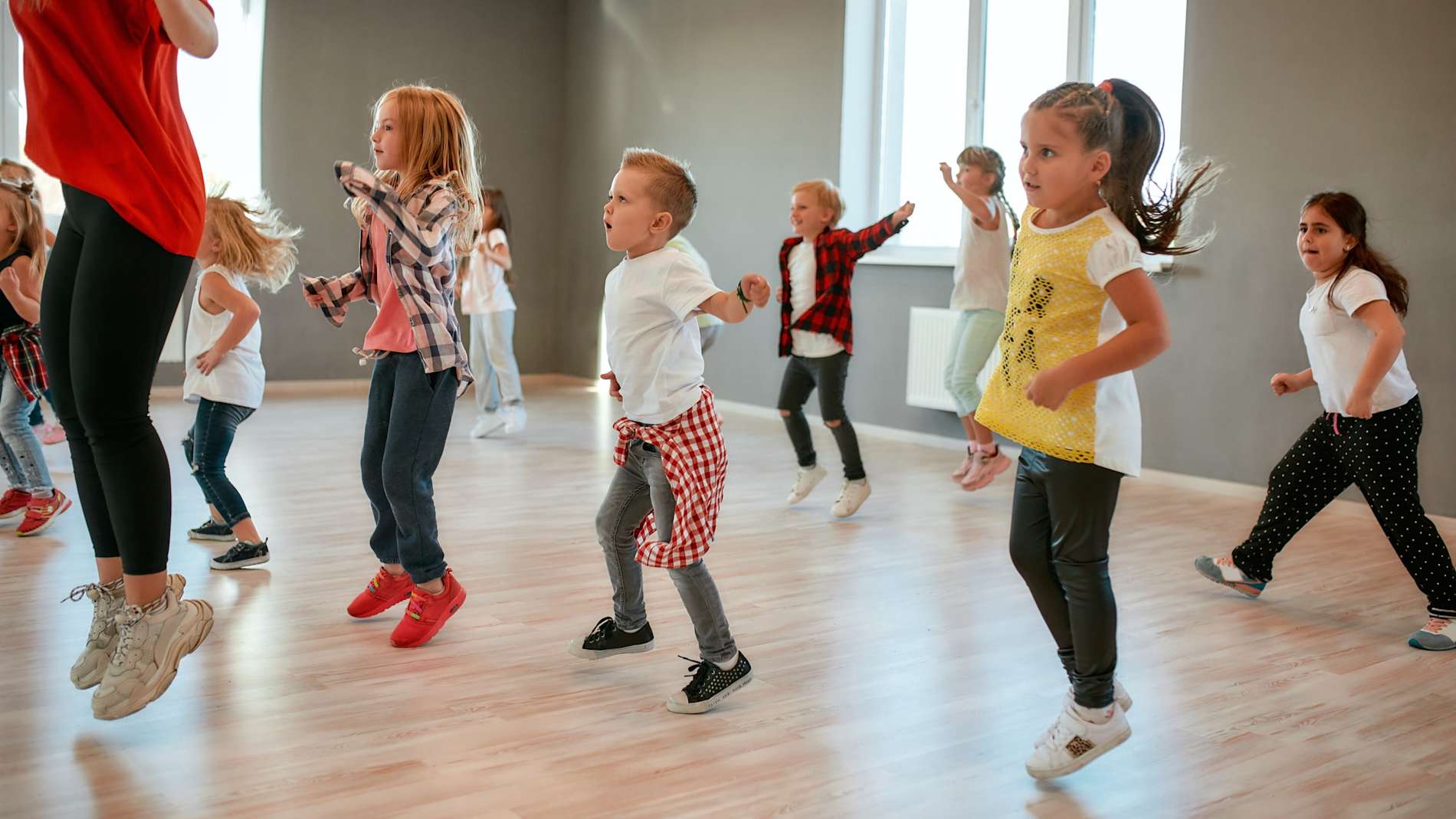A smarter NDIS: Reducing costs by keeping kids in class and parents at work
When children with disability can learn and participate alongside their peers, everyone benefits.
Programs such as AllPlay Dance show what’s possible. Developed through research at Monash University and Deakin University, and co-funded by philanthropy, AllPlay Dance creates inclusive school and community dance opportunities for children of all abilities.
Children who might otherwise miss class for therapy get to stay engaged in learning. They also gain the physical, social and emotional benefits of dance.
Parents – often mothers – no longer need to leave work to take their children to appointments, freeing them to participate more fully in the workforce.
This isn’t just about dance. It’s about a smarter model for disability support – one that’s evidence-based, embedded in everyday community life, and aligned with national productivity goals.
The problem we face
Right now, too many NDIS-funded therapies happen in clinics, during school hours. The unintended consequences are significant:
Systemised clinical therapy: Children miss out on learning and peer connection when they leave the classroom for therapy, with lost opportunity for integrating supports directly into the environments where childhood development is optimised “for free” through play with peers and side-by-side learning.
Productivity loss: Parents step out of work, often reducing hours or leaving the workforce entirely – most often mothers – with a downstream impact on mental health and intergenerational impacts on quality of life.
Escalating costs: Costs escalate as the system funds fragmented, high-cost, one-to-one services with the associated burden of administration time further diminishing the resources of already burdened families.
This isn’t just a family inconvenience. It’s a structural productivity issue and a fiscal sustainability challenge creating intergenerational challenges as parents’ reduced participation limits opportunities for the whole family’s future.
Productivity growth is at its slowest in decades, and the NDIS is on an unsustainable trajectory. Unless supports are delivered differently, both families and the national economy will continue to carry the cost.
We shouldn’t lose sight of what has worked well in the NDIS. For example, support workers make it possible for many parents to stay in work.
A moment for reform
The federal government’s Economic Reform Roundtable last week made one thing clear: Australia must lift productivity and contain NDIS spending without undermining support for people with disability.
The launch of the $2 billion Thriving Kids initiative is a strong step in that direction.
But reform needs to go further. Thriving kids aims to move disability support into schools and community settings, where they both cost less and deliver more. This isn’t about cutting; it’s about shifting to models that work better for children, families, and the economy.
Reforms need to lift participation and efficiency across the economy.
Embedding supports where children live and learn
Embedding therapies and inclusion programs in preschools, play groups and schools – and offering them after school in community contexts – creates a multiplier effect:
Inclusive practice shifts the system – children stay in class, learning alongside peers.
Productivity gains – parents can remain in the workforce, lifting household income and national participation.
Therapies become part of the school environment – teachers and therapists work together to build inclusive classrooms.
Existing community-based programs and infrastructure are nationally-scaled – for example, AMAZE’s Autism Connect helpline links families to support in their local community, providing independent advice, referrals, and access to the latest autism resources in Australia and globally.
This is consistent with the Productivity Commission’s call for “joined-up care” and mirrors international best practice. When inclusion is built into schools and communities, it becomes sustainable, scalable, and cost-effective.

Philanthropy as catalyst, research as driver
Philanthropy has played a pivotal role in demonstrating what works. Foundations such as the Moose Happy Kid’s Foundation, MECCA’s M-Power, Grace & Emilio Foundation, and the Grosman Family Foundation have partnered with researchers to leverage NDIS-ILC grants to create and grow AllPlay Dance. Their investment has enabled:
- Translational research – turning academic evidence into practical tools for teachers, families and communities.
- Pilots and evaluation – testing models before government adoption.
- Scalable resources – ensuring inclusive programs can reach schools nationally.
Philanthropy de-risks innovation and builds community trust. Universities and medical research institutes generate the evidence base. Government has the reach to scale. Together, they form a powerful partnership for reform.
Existing programs such as Autism Connect and AllPlay Dance exemplifies this evidence. By empowering parents with tailored information, roadmaps, and resources coupled with embedding inclusive programs in schools and communities, it strengthens learning, wellbeing, and social connection, while reducing reliance on expensive, clinic-based therapy.
Five steps the government can take now
To achieve long-term NDIS sustainability and lift productivity, the government should partner to:
1. Shift delivery into schools and communities by:
- funding therapy and inclusion programs in preschools, playgroups and after-school settings.
- keeping children in class, reduce reliance on clinics, and enable parent workforce participation.
2. Invest in early-intervention and group programs to:
- prioritise evidence-based, group models such as AllPlay Dance.
- reduce the number of children requiring intensive, long-term NDIS packages.
3. Co-fund innovation with philanthropy to:
- amplify philanthropic contributions and back successful pilot programs and evaluations.
- establish innovation funds to test and scale university and medical research institute-developed models.
4. Align NDIS, education, and workforce portfolios by:
- aligning state and federally-funded disability, education and workforce portfolios.
- reducing duplication, simplifying access, and strengthening outcomes.
5. Support community adoption to:
- resource state and local governments, primary care, and community organisations to embed Thriving Kids programs.
- ensure reforms are technically-efficient and socially-embraced.
Towards a smarter NDIS
True productivity reform involves removing everyday frictions that hold people back from learning, working, and participating.
By embedding supports in schools and communities, we can:
- improve children’s educational and social outcomes.
- strengthen families and increase workforce participation, especially for women.
- deliver services more cost-effectively, reducing long-term NDIS reliance.
The NDIS was designed as a nation-building reform. To preserve that vision, it must evolve.
With philanthropy, government, and communities working together, Thriving Kids can deliver more than cost control. It can get children back to the natural landscape of childhood where they play, live and learn, and deliver dignity, opportunity, and a smarter, more inclusive, and more productive Australia.
This article was co-authored with David Tonge, CEO, AMAZE; Harriet Hiscock, Murdoch Children's Research Institute, University of Melbourne; and Olivia Millard, Deakin University.






